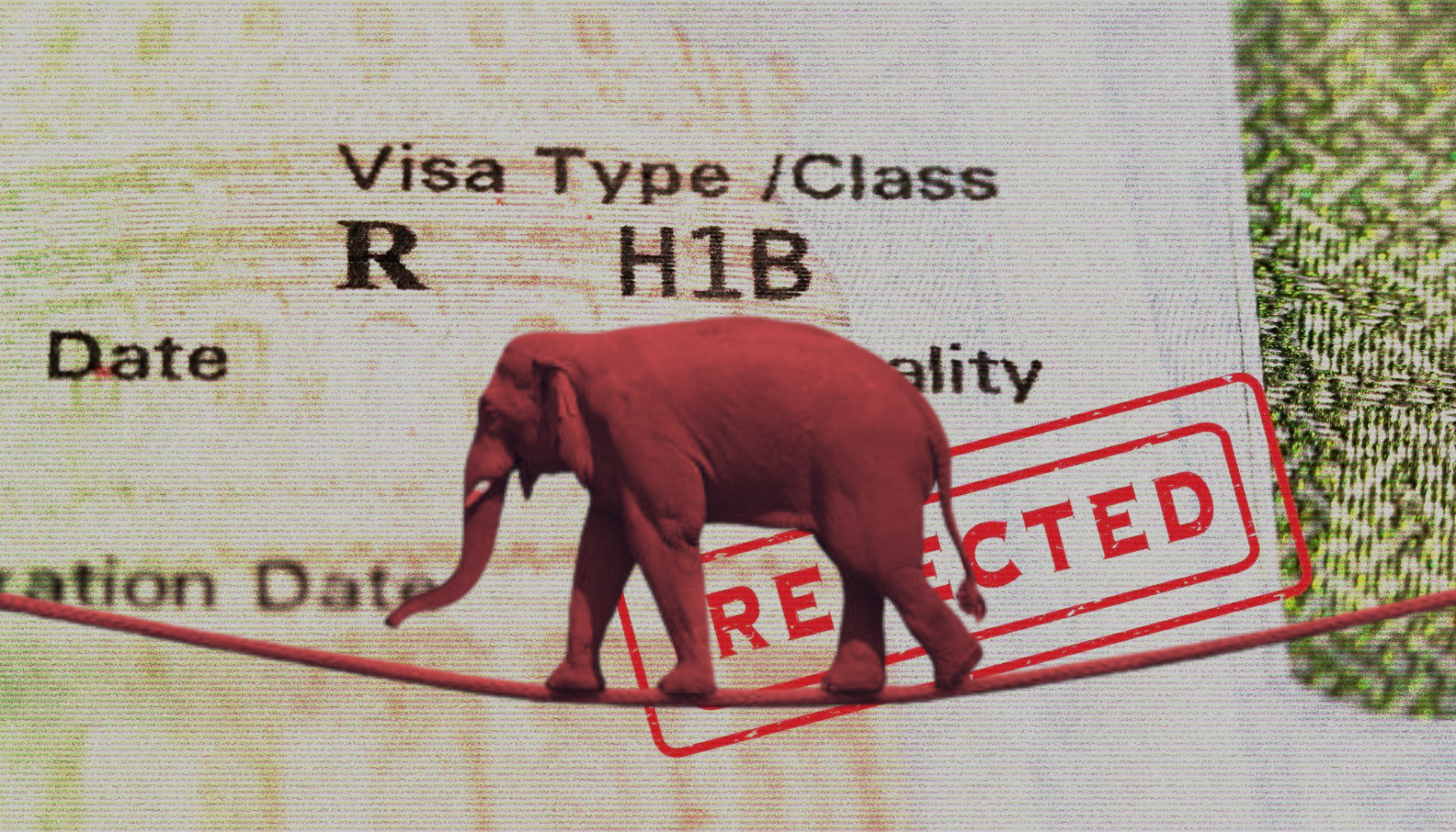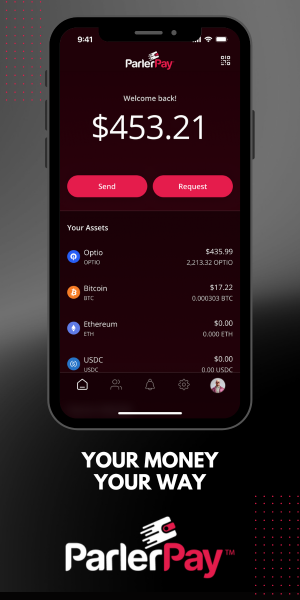It started with an escalator, some loud promises, and a slogan. Back in 2015, Donald Trump launched his campaign with a signature focus: tighten up illegal immigration, hard. For many, the message was simple—walls, deportations, and fewer loopholes. But buried in the noise was a twist. Even as Trump hammered down on “illegal” crossings, he gave a nod to something else: welcoming the “best and brightest” into the U.S. workforce.
Fast forward to today, and the GOP is still trying to figure out where it stands. Some argue for fewer immigrants altogether, while others, especially in tech, see skilled workers as essential. This split plays out in ways that can seem contradictory, with factions championing a high wall at the border but leaving a door open for PhDs and programmers. Trump himself rode that contradiction all the way to the White House.
The Sell on Skills
From day one, Trump wanted it clear. Illegal crossings were the enemy. But at the same time, he was open to a pipeline for top-tier talent—doctors, engineers, you name it. This wasn’t just talk. His administration floated plans for a point-based immigration system that prioritized skills, similar to Canada and Australia’s systems.
Of course, this didn’t sit right with everyone in his base. Many feared that skilled immigrants, even if legal, could undercut American professionals. Wage suppression became the buzzword. Trump’s answer? A tightrope act that left his supporters debating whether his merit-based ideas helped or hurt the very people he claimed to protect.
Big Tech’s Mixed Feelings
Here’s where it gets weird. Silicon Valley, no fan of Trump’s overall immigration approach, found itself nodding to some of his policies. Elon Musk and others openly supported bringing in high-skilled immigrants. The tech industry has long argued that such talent fuels innovation—startups, AI breakthroughs, and more.
Yet, Trump’s visa restrictions, especially around the H-1B program, were a thorn in their side. While tech leaders wanted clearer pathways for talent, Trump’s changes often slowed the process, leading to frustration among CEOs and foreign workers alike. It was a classic push-pull, with both sides reluctantly aligning where it mattered most: keeping skilled innovators in the U.S.
Visas Under a Microscope
The H-1B visa program became a flashpoint. Trump slammed its abuses, claiming it was being used to replace American workers with cheaper, imported labor. His administration tightened oversight, leading to increased rejections. Yet he never entirely shut the door. If anything, he doubled down on the idea of “doing it right”—bringing in talent while curbing exploitation.
Critics said even skilled visas threatened wages, but the tech world saw them as lifelines. Trump’s stance left both sides unsatisfied, with enough compromises to fuel debates that still rage today.
The GOP’s Fork in the Road
Trump’s immigration policies forced Republicans to wrestle with their identity. Should they shut out immigrants entirely to protect U.S. workers, or craft policies to attract global talent? For now, there’s no clear answer, but one thing is evident: America’s edge in tech, medicine, and innovation depends on keeping its doors open—at least a crack.
Republicans face a choice. Double down on isolation, or embrace a world where skilled immigrants can coexist with strong borders. The answer might define not just the GOP’s future but America’s role as a global leader.

